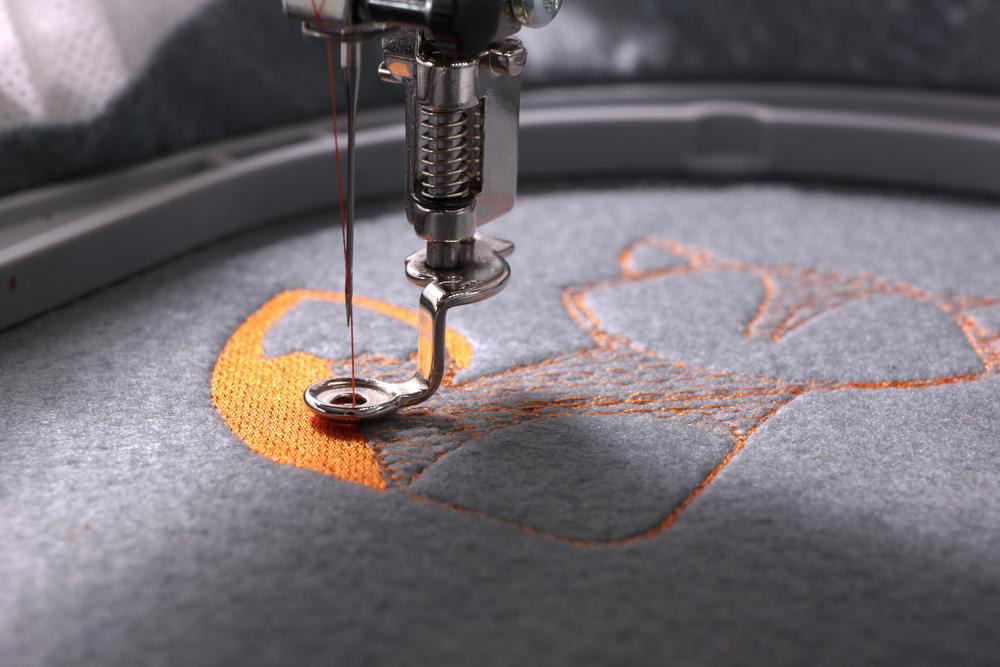Embroidery: The embellishing art
Do you love needlework? Then you must obviously be in love with embroidery, which is one of the best forms of needlework. Embroidery is one of the best hobbies anyone can have and the best part is that it can be done by a person of any age. But first, you must get a proper insight into this famous embellishing art and its varied type of stitches.
- Surface embroidery stitches
In surface embroidery stitches, your needlework will know no boundaries, but only that of your creativity.

So let your imagination fly high. Several stitches are included in the surface embroidery stitches, some of which are chain stitch, back stitch, Cretan stitch, satin stitch, and fish-bone stitch. No matter what you want to stitch on your favorite handkerchief, you can do so with the surface embroidery stitches, which circumscribe most of the stitches in this form of needlework.
- Cross stitches
If you have the spirit to learn something new and if you love embroidery, then you should definitely learn cross stitch. As its name suggests, it is exactly in the shape of an X. Whether you are on a train or bus or anywhere else, you can just take your needles and other equipment along with you and finish a project on your way.
- Knotted stitches
Have you ever thought about which is your favorite stitch? If not, then a French knot must definitely be one. Whether it is a French knot or a Bullion knot or a four-legged knot, a knotted stitch is definitely different from the rest of the stitches. Although it is considered difficult by beginners in the art of needlework, once you have mastered the simpler ones, a knotted stitch should be a cakewalk.
- Straight stitches
Straight stitch, as the name suggests, creates long straight stitches, which can be grouped together to form patterns. Straight stitches can be mostly seen in stitching leaves, geometric designs, or flowers. If you are confused on how to give a textured look to your piece of needlework, then straight stitches can work perfectly well. If there is any building block of stitching projects, then it is the straight stitches, which can be used to create almost any form.
- Pulled work
Pulled work is a special form of needlework in embroidery, which requires drawing of the fabric threads in the desired way to create a lacy outcome. During this process, the thread is never cut. This is mostly done in mono-colored fabrics. They are an entirely different form of embroidery and are exquisitely beautiful.
- Hardanger stitches
Hardangertitches are called so because they originated for the first time in Hardanger. They involve various forms ranging from cut work to blocks of satin stitch, geometric patterns, and even intricate designs. But they are mostly worked upon a fabric called two-thread Hardanger fabric.
So, now that you know the various types of needlework, you should certainly give it a try. Gift your loved ones embroidered materials made with your own hands.
Disclaimer:
The content provided on our blog site traverses numerous categories, offering readers valuable and practical information. Readers can use the editorial team’s research and data to gain more insights into their topics of interest. However, they are requested not to treat the articles as conclusive. The website team cannot be held responsible for differences in data or inaccuracies found across other platforms. Please also note that the site might also miss out on various schemes and offers available that the readers may find more beneficial than the ones we cover.


